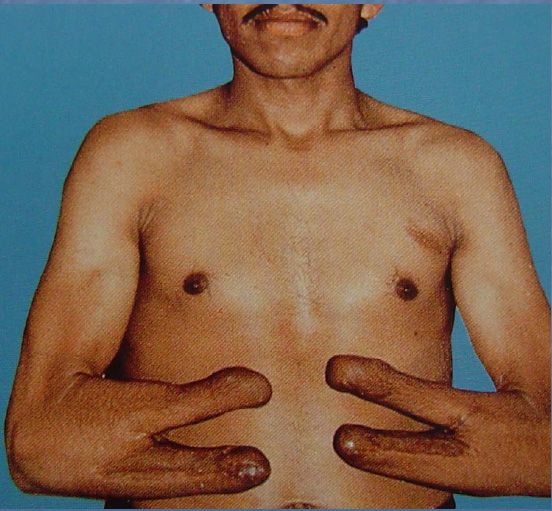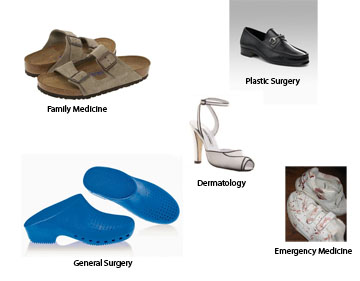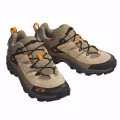Burn Victims In South Africa: A Horror Story
People are basically sacks full of water. The skin keeps the water inside. Trust me when I say you want to keep your water inside.
The second post I ever wrote had to do with watching someone with burn wounds fade slowly away. In the end it had more to do with my own mortality. When I read it recently I was reminded of quite a few poignant stories. This is one.
Usually things happen in groups and, it seems, burn wounds are no exception. On two successive nights two severely burned patients came in. I got the first. My colleague got the second. My patient had 98% burn wounds (Usual story of being doused in petrol and being set on fire. Someone didn’t seem to like him). Only where his hair had been was he not burned. That means that 98% of the sack that is supposed to keep the water in was leaking.
Let me take this moment to say that it is not possible to survive 98% burn wounds in any setting. This patient was as good as dead, so whatever we were going to do would only partly help. The outcome could not be changed.
The immediate treatment for burns is to replace the fluid that is leaking out through the wounds where the skin used to be. The amount of fluid one gives is proportional to the surface area burned or the surface area leaking. In 98% that turns out to be quite an amazing amount of fluid. And that is what we did. I worked out the fluid needed, put up a good central line and started running it in. The next day he was still alive.
The next day was when the second burn wound patient came in. He had 95% burns and therefore was leaking pretty much the same amount as my patient. My colleague admitted him, but he treated him differently. My colleague knew that the end of the road was predetermined and didn’t see the point in prolonging the inevitable. He only gave him normal maintenance fluid which a normal person would require. He considered more as treatment and didn’t see the point in treating something that could not be treated. I considered that he may have a point. I went to see his patient.
His patient was not doing well. The loss of fluid had pushed him into a stuporous state. He didn’t seem to have long to go. I left. He died soon after.
My patient remained alive through that day too. Because of his wounds he could not lie in bed without extreme discomfort. But the soles of his feet had no skin so he could not stand either. The skin of his hands had all peeled off and they had swollen into useless immovable paws.
The head of the firm then decided we should take him into a shower and remove all remaining loose skin. I got the feeling he was trying to teach us some sort of lesson. The only thing I learned is that it is brutal to try to remove loose skin, even gently from such a patient. The patient was not having fun at all. I kept thinking why are we making the last days of his life any more miserable than they already are? The head then decreed that we would repeat this process in two days time. I felt sick at the thought. The wisdom of my colleague not treating his patient seemed much clearer to me then.
The next day when I arrived at work I was relieved to discover my patient had finally succumbed to the inevitable. It would not befall us to have to torture him the next day in order that we learned some mysterious lesson.

















